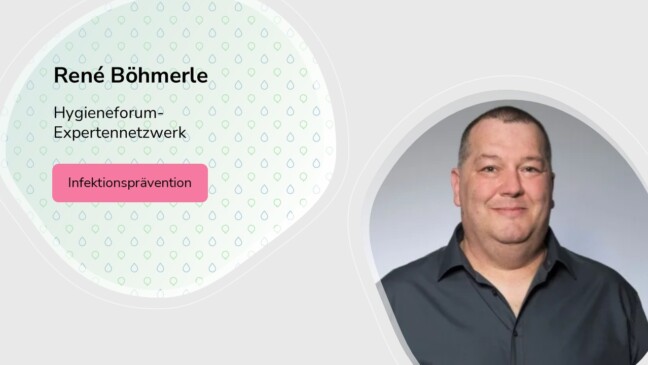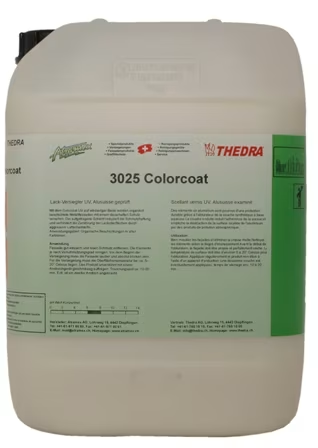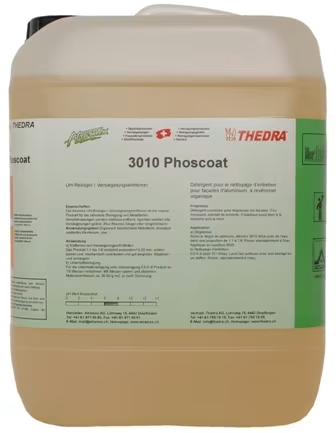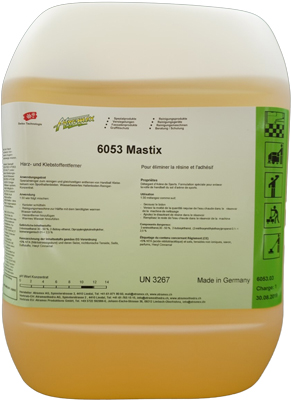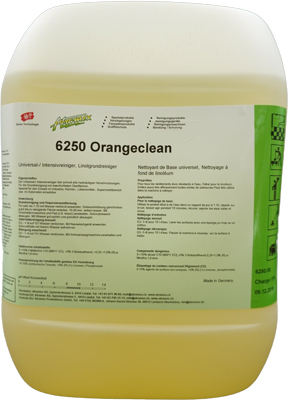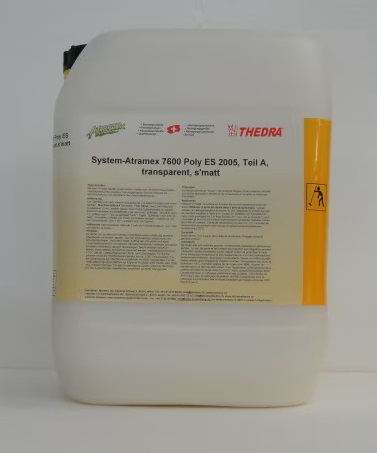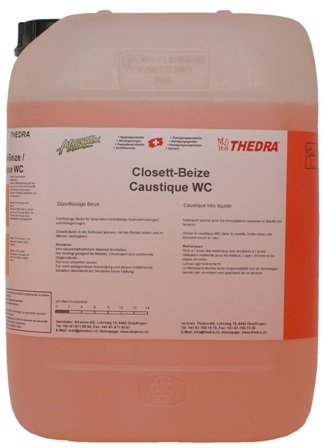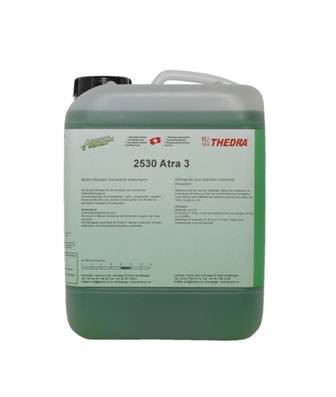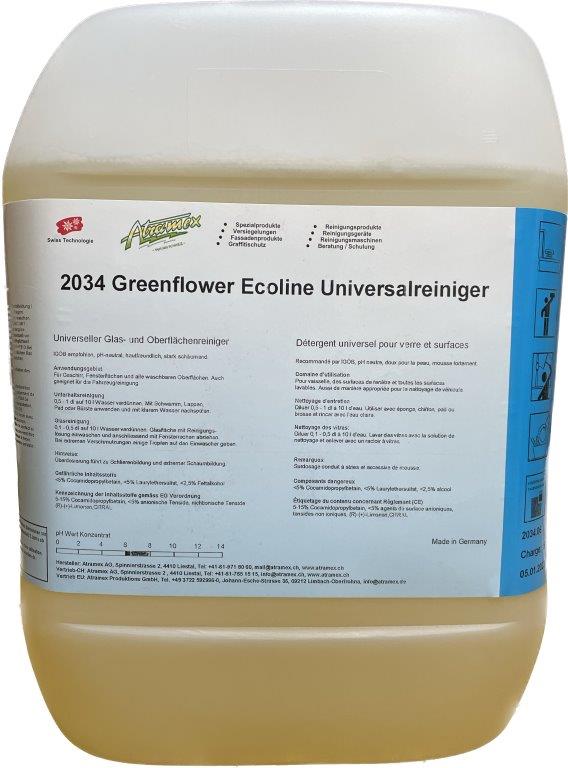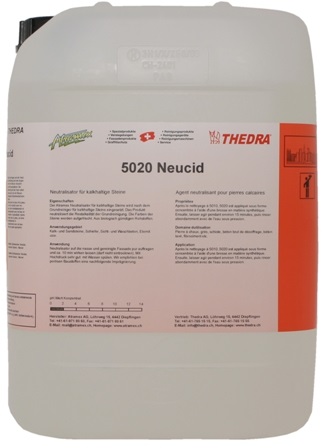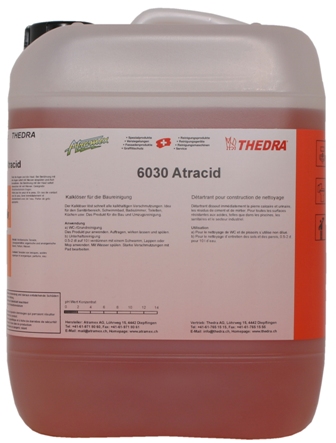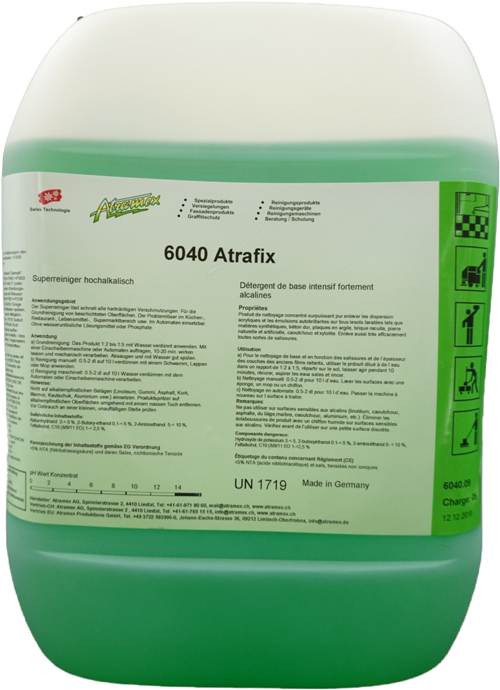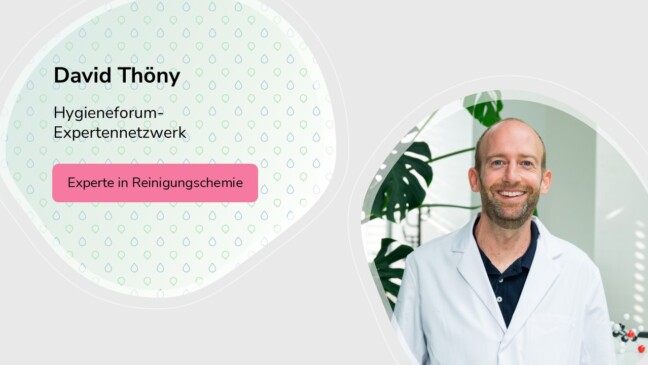
31.10.24
Facade cleaning – what really matters (part 2)
Asllan Smakaj has been working at Enzler Reinigungen AG for almost 30 years as Head of SR Region West and is an expert in façade cleaning. In an interview, he shares valuable insights and explains what to pay particular attention to when cleaning façades. We also had the opportunity to interview Atramex, another specialist in this field, to gain additional perspectives. The interview is divided into three articles and will be published on Thursdays.
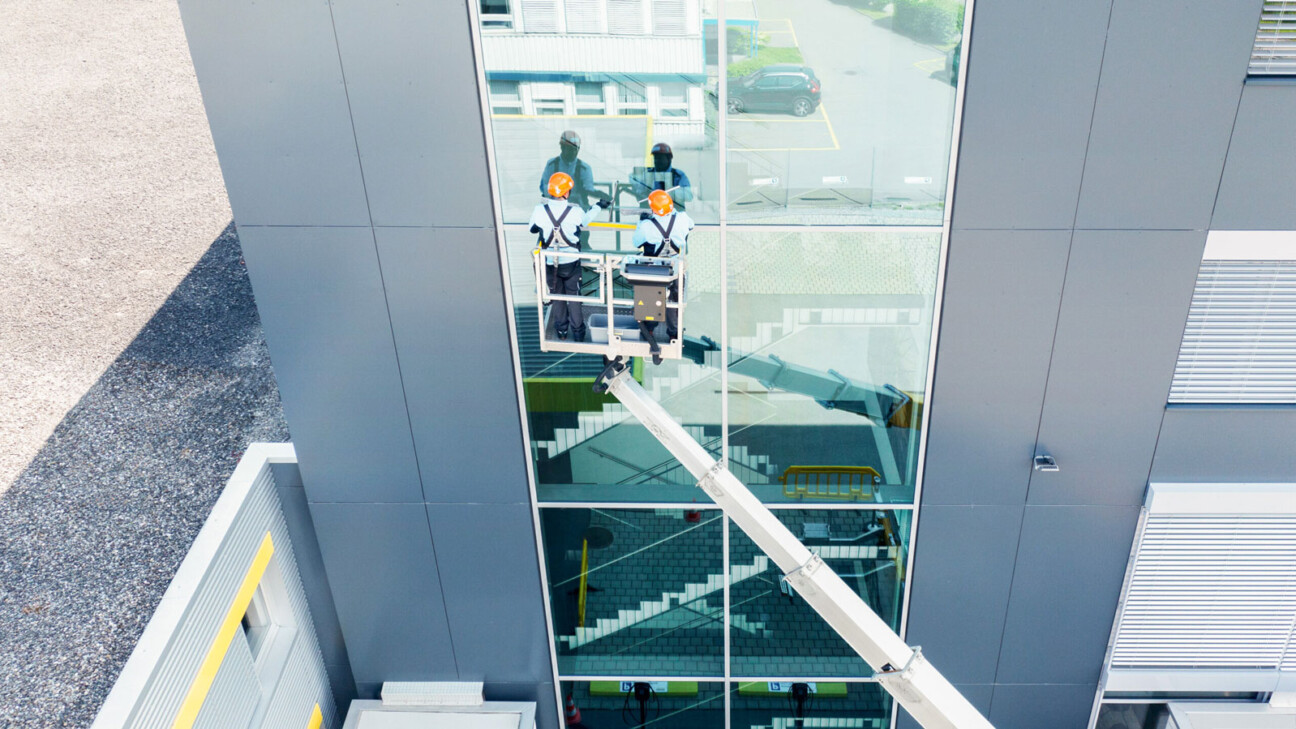
Introduction Asllan Smakaj
Asllan Smakaj began his career at Enzler Reinigungen AG as a special cleaner. From 2014 to 2023, he was head of the special cleaning department and has been division manager since 2024. He is known for responding promptly and efficiently to customer inquiries and finding solutions. Thanks to his further training as a building cleaning specialist with a federal certificate and his high level of commitment, he makes a significant contribution to high customer satisfaction.
Introduction Atramex Inc.
With its products specializing in the renovation, care, protection and cleaning of buildings, Atramex makes an active contribution to preserving the value of facades and thus conserves valuable resources. In Limbach-Oberfrohna, 99% of the chemical products are produced in accordance with all aspects of sustainability.
Mr. Smakaj, which cleaning agents and technologies are most commonly used today?
The most common cleaning agents include alkaline cleaning agents, which are particularly suitable for removing grease, oil and general soiling and are often used for manual cleaning. Acidic cleaning agents, on the other hand, are ideal for removing mineral deposits such as limescale or cement residue, but should be used with care as they can damage sensitive surfaces. Biological cleaning agents based on enzymes or microbes offer an environmentally friendly and gentle alternative. Special chemical agents, usually solvent-based, are used to remove graffiti. Disinfectants are often used to combat algae and mold in damp areas.
Modern technologies also play a key role in facade cleaning. Pressure washers are widely used to remove stubborn dirt and the pressure can be adjusted as required. Steam cleaning uses hot water to dissolve dirt in an environmentally friendly way without leaving any chemical residue. Machines with rotating brushes are also effective as they clean large areas thoroughly while regulating the pressure.
How do the methods differ depending on the facade material (e.g. concrete, glass, stone, wood)?
Concrete is often treated with high-pressure cleaners and chemical cleaning agents. Sandblasting can also be an option in the case of heavy soiling, but caution is required here, as excessive pressure or aggressive chemicals can damage the concrete despite its robustness.
Which Atramex products can you recommend for concrete, Mr. Müller?
For concrete and mineral surfaces, we can offer both a neutral stone cleaner (5070 Aquanet) with high viscosity and a self-acting, fast-acting and extremely efficient product for organic soiling such as moss, algae, mold and mildew stains called 5075 Cyanex. We recommend sustainable value retention with surface protection. Our impregnations for mineral surfaces would be possible (also possible for awnings and carpets). We offer whatever the customer wants. From color deepening for slate to impregnation without color change and deep cross-linking.
Thank you very much. Mr. Smakaj, back to the different methods. How are the glass, stone or wooden facades cleaned?
Glass facades are often cleaned with the Puraqleen system, which uses demineralized water (osmosis), or special glass cleaners, where washing and stripping is an effective method. Rope access methods or aerial work platforms are often used to clean tall buildings. As glass is particularly sensitive to scratches, only pH-neutral and gentle cleaning agents should be used.
Natural stone, such as marble, is best cleaned manually with soft brushes or gentle pads and special cleaners for natural stone. High-pressure cleaners are only suitable for particularly robust stone. As acidic cleaning agents can damage natural stone, alkaline or neutral products are preferable.
Wood requires particularly gentle cleaning methods. Gentle methods such as steam cleaning or manual cleaning with special wood cleaners are most suitable. High-pressure cleaning should only be used at low pressure or not at all so as not to damage the delicate material.
Mr. Müller, I would like to ask you again, which products do you recommend for the materials glass, stone and wood?
For washing windows, we recommend our IGöB Universal Cleaner 2034 (interest group for sustainable public procurement) – a strong foaming product for organic soiling. For mineral soiling, we have developed our 3030 Colorcid, which contains surfactants that are gentle on materials and offers fast cleaning performance. 3030 Colorcid can also be used to remove limescale from organically coated aluminum.
For extreme calcification that cannot be completely removed with 3030 Colorcid, our 3110 Vitra Polish with finely tuned abrasive particles is available. Provided the glass does not show any surface changes, Vitra Polish delivers 100% reliable results.
As a supplement to the system, customers can be offered our 2-component glass sealant 6295 Vitraguard, which was used at the SNB (Swiss National Bank), for example. It is characterized by highly effective dirt repellency, a long service life, special abrasion resistance and a brilliant surface gloss.
Are there special challenges when cleaning historic buildings or listed facades?
Listed buildings are subject to strict regulations that prohibit the use of certain cleaning methods or agents in order to protect the original substance. Another obstacle is accessibility: many historic buildings are high or have complex façade structures that require special equipment such as rope access techniques or special scaffolding. Historic facades are also often affected by stubborn mold or algae infestation, which requires targeted and gentle treatment approaches. Cleaning such buildings is not only technically demanding, but also cost-intensive, as experienced specialists and carefully selected materials are required.
What safety precautions do you and your team need to take when cleaning facades, especially on tall buildings?
One of the most important measures is the use of personal protective equipment (PPE). Helmets protect against falling objects, safety harnesses such as safety belts prevent falls, while gloves protect against chemicals and abrasive materials. Safety goggles are essential to protect the eyes from dust and cleaning agents. Stable and tested scaffolding systems are used for safe access to the façade. Alternatively, professionally installed and regularly maintained rope access systems are used. Aerial work platforms may only be operated by trained personnel in order to avoid accidents. If ladders are used, they must be stable and suitable for the task in question.
Regular safety checks are also necessary. Before starting work, a detailed risk assessment is required to identify potential hazards and plan appropriate protective measures. Weather conditions also play a crucial role – work in strong winds, rain or snow should be avoided as this could jeopardize safety. And also very important: clear communication within the team is crucial for coordinating work progress and recognizing potential hazards in good time. In addition, emergency plans and first aid measures should be in place in order to be able to react quickly in the event of an accident.
What are the biggest challenges you face in your day-to-day work?
Among the most common are weather conditions, as unpredictable changes such as rain, wind or extreme temperatures can make work more difficult or cause delays. Accessibility is also often a problem, as high or hard-to-reach buildings require special techniques and equipment, which significantly increases the effort and planning involved. Another aspect is the variety of types of soiling. Whether stubborn dirt, graffiti or biological deposits – each type of soiling requires different cleaning methods and agents, which calls for flexibility and specialist knowledge.
Working at height always involves safety risks, which is why constant vigilance and careful planning are essential. In addition, clients often have very specific expectations in terms of results and methods used, which can create additional pressure. Furthermore, it is important to continuously educate yourself on new techniques, products and safety standards, which can also be challenging. All these challenges make the job exciting, but require a high level of commitment, flexibility and expertise.
This interview is divided into three parts. In the next and final part of this interview series, you can read about trends and changes in facade cleaning as well as Asllan Smakaj’s personal experiences with particularly challenging cleaning projects and their implementation.

